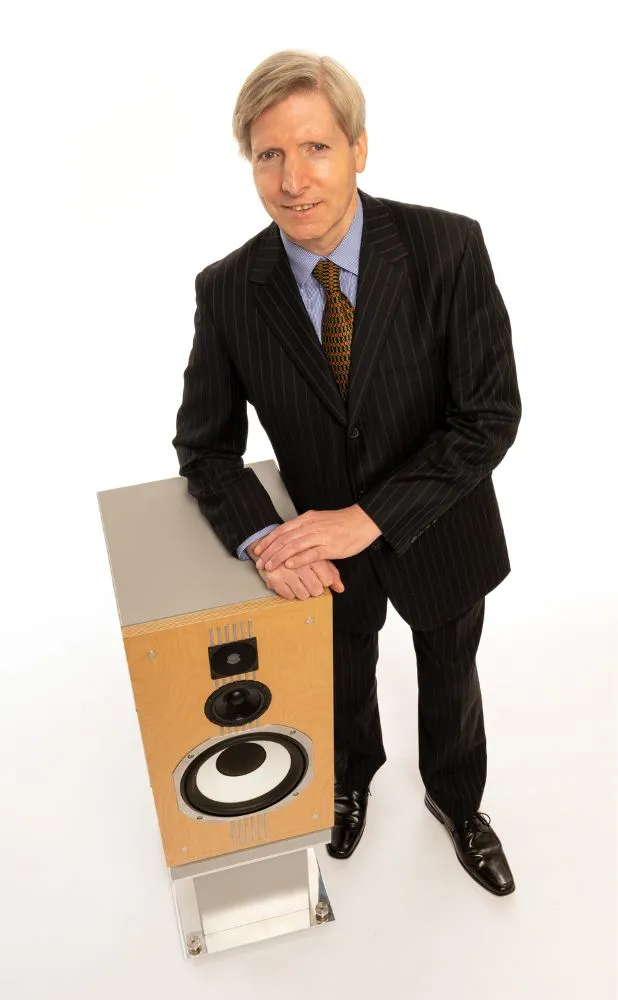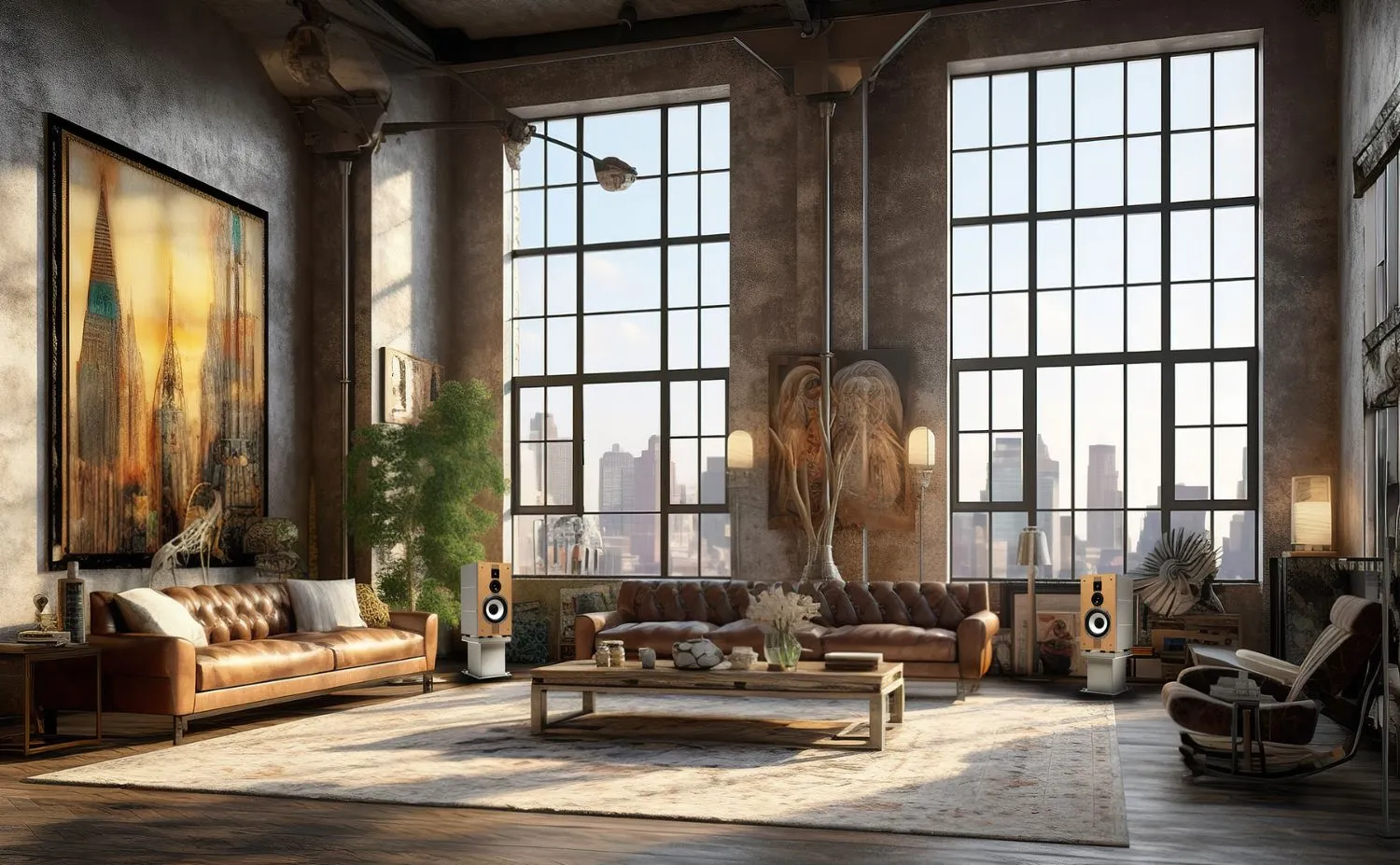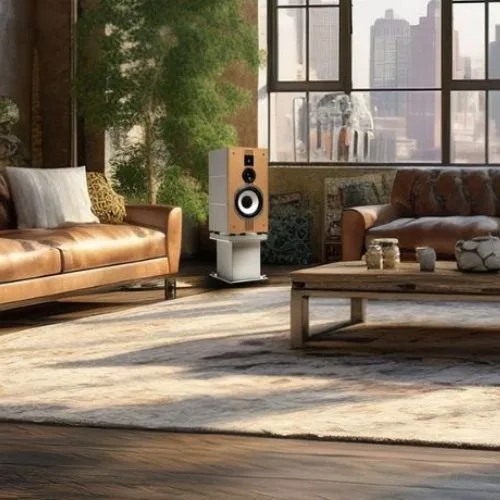Introduction
If music is your passion and listening in the home an event in itself, not merely as background accompaniment, then the only way toward achieving a visceral experience with quality recordings is from playback through carefully specified and professionally installed high-fidelity components using products that are engineered to the highest standard of technical specification.
Since the mid 1950’s, hi-fi recordings have been made that still set standards that a good many people have not yet fully encountered due to flawed and compressed media formats. The archive is simply vast and wide ranging.
For listeners already familiar or established in using specialised high-end hi-fi equipment, the choice of long-playing records, open-reel tape, CD and SACD as well as high-resolution downloads available in studio quality, attest to the superior results achieved when using the required apparatus in which to extract every nuance of detail held within these prime formats.
To this end, and from extensive experience through the decades using numerous technologies and apparatus of nearly every avenue of the hi-fi arena, one common denominator that has continually been of particular curiosity to this designer has been that of hi-fi loudspeakers, as used in stereo pairs on the end of high-fidelity systems.

Much has been written through exploratory research conducted by scientific means as well as with trial-and-error models from fanatical audio purists or audiophiles as are commonly referenced to in high-end circles. Both sides of the divide having borne considerable successes to their credit with landmark loudspeaker designs that have stood the test of time against a backdrop of changing trends and ongoing developments. The original 1957 QUAD Electrostatic and the BBC designed LS3/5a nearfield monitor of 1974 being just two loudspeaker designs that are still regarded as benchmark products within their intended marketplace and field of technologies in sound quality alone.
However, as is the case in so many instances, and in particular with engineering as a whole, limitations to a given design always factor within one or more areas against even the greatest executions. Where the loudspeaker system as a concept is concerned, a device that has the unenviable task of transferring electrical signals into acoustical energies across a given domestic environment through air-pressure derived from multiple diaphragms modulating in unison, the number of contributory factors that serve to compromise the task in hand are infinite.
Small loudspeakers have thus proven as being the most accurate when it comes to the fewest compromises attained, with ultimate dynamic power, bass extension and volume being just three handicaps of note. Size, speed, quick resonance decay and phase coherence being the key virtues held against larger, slower and less articulate designs that convey a bigger but slightly less neutral and fleet-of-foot sound presentation. Panels offer seamless integration across their workable but slightly limited frequency spectrum, yet fall down on ultimate dynamic power and range unless deploying models of outrageously vast proportions that resemble doors, driven by amplification that can cope with what are near short-circuit loads.
This is where a design that is capable of small loudspeaker virtues with ultimate speed and neutrality and very large loudspeaker assimilations of scale and dynamic range, achieved from a medium-sized enclosure of high efficiency possessed of the widest frequency response would appear to be an impossible proposition of sonic as well as physical virtues. Enter the IAS Beaulieu 40R, the reimagining and upgrade of a highly regarded yet all but forgotten loudspeaker design from 1980.


